Vermont Greeter Program Successes for 2019
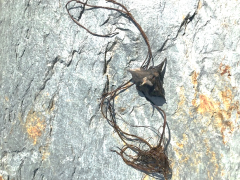
2019 Vermont Public Access Greeters successfully stop new infestations of aquatic invasive species from entering lakes and ponds throughout Vermont.

2019 Vermont Public Access Greeters successfully stop new infestations of aquatic invasive species from entering lakes and ponds throughout Vermont.
It is hard to believe that the Forest Hero! Network is fast approaching its 1st birthday! To celebrate, we'd like to share with everyone, the good work that volunteers are completing in their communities. If you are working on a project and would like to help inspire others who may be seeking ideas, please write in and we'll share in future newsletters!
To learn more about the Network, and if you’d like to learn about other training opportunities, stay tuned to this website: https://vtinvasives.org/forest-hero-network
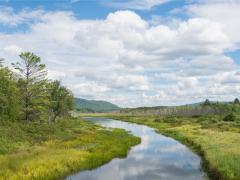
The 2018 Vermont Habitat Stamp Annual Report, released earlier this winter, highlights the conservation power of the multiplier effect – where one action can be a catalyst for other actions and the effects keep radiating out. This past year, over $110,000 were raised from donations and were then used to leverage an additional $143,000 in federal funds. This created a total reserve of over $253,000 to be used for habitat conservation by the Vermont Department of Fish and Wildlife.
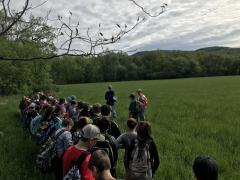
The growing season for 2018 saw many projects across the state tackling the forest, field, and wetland health issue of non-native invasive plants. Below are highlights of some of these amazing local efforts. Huge thanks to everyone who is working toward making our Vermont landscapes healthier and more resilient, and protecting them for generations to come.
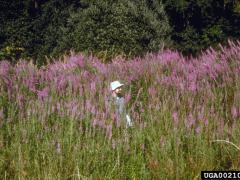
If you’ve ever spent a late August afternoon along a lake with a reedy shoreline, you may have noticed the brilliant, beautiful purple flowers of this month’s focal plant: purple loosestrife (Lythrum salicaria).
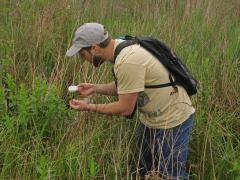
Biological control of purple loosestrife is being attempted in Pa. wetlands.
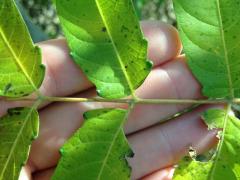
"Ohio is taking a swing at nature’s bullies.
Under new rules that went into effect Sunday, the sale and distribution of 38 destructive, invasive plant species will become illegal.
In its list, the state agriculture department included various types of honeysuckles, Bradford pear trees, autumn olive shrubs and fig buttercup flowers that line freeways, coat forest floors and choke wild spaces across Ohio.........................."
Author Credit: By Marion Renault, The Columbus Dispatch
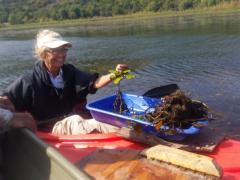
Water chestnut (Trapa natans) is an established invasive plant that, like many other non-native plants, escaped a cultivated life in the 1870’s to spread and grow into new territories beyond the small garden in which it once existed. Lacking any major herbivores to consume the fruit or plant, its growth consumes wide areas of water, creating impassable dense mats. The establishment of this species, if left unchecked, can severely limit boating, fishing, hunting, swimming, and other recreational activities on the water.